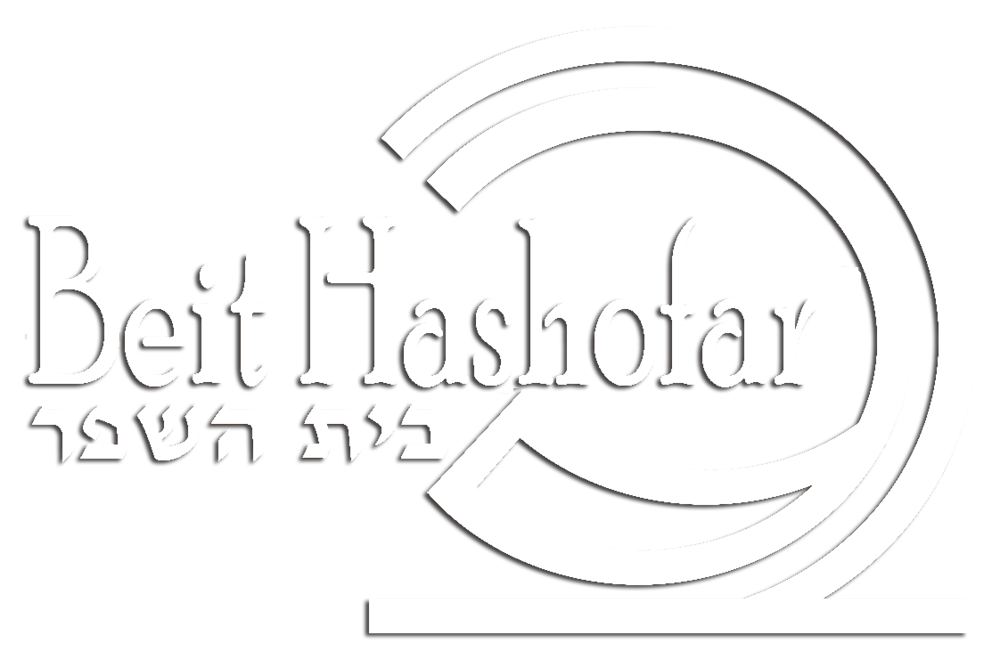Among messianic Jews, much has been said concerning the parallels between the sacrifices of the paschal lamb and that of Yeshua. After all, the paschal lamb was the essential sacrifice which God commanded the children of Israel to make before liberating them from bondage to the Pharaoh of Egypt and bringing them to Sinai where they would enter into a covenant of service to Him.
The blood of this lamb placed upon the lintel and posts of the doors of Israel’s abodes in Goshen stood as the sign by which the destroyer would pass over them, averting the plague of death to the first born which befell the households of Egypt. Similarly the blood of Yeshua, who Yochanon the Immerser referred to as the “Lamb of God,” spiritually holds the curse of sin and death in abeyance, and brings both Israel and the nations into a renewed covenant with God. Yeshua himself used the symbols that surround the Seder meal and the Passover lamb, to ritualize and point forward to his own efficacious sacrifice.
taking hold
The two Passover lambs not only provide material and spiritual redemption for the community of Israel, but they also create a community of redemption out of the people of Israel. This is accomplished through the dialectic of chesed and gevurah. According to Jewish mystical thought, these two movements were employed by the Holy One in the creation of the world. Chesed is the move outward toward distant horizons. For the individual, this means expanding oneself and reaching out to others. Gevurah on the other hand is an act of inward recoil, withdrawing into the protective recess of one’s own inward self. Through chesed, souls touch each other and loving community is created, by virtue of gevurah self-awareness occurs and souls are also developed. Since each and all people are created in the image of the divine, much can be learned about God in the chesed community as well as the loneliness of gevurah.
By examining Torah’s account of the paschal lamb (Ex. 12:3-8), we can see the cyclical pattern of chesed and gevurah. First Moses is commanded to speak to the entire assembly of Israel, instructing them to each select a solitary unblemished male lamb from the flocks, for the individual households. The lamb is brought into the humble homes for a five-day period of inspection. As it is observed within the privacy of each household for that period, the particularity of the lamb increases. First it is referred to as a lamb, with no definite article employed. Then it becomes the lamb and eventually we are told, “it shall be yours”. Here the taking of the lamb represents a recession inward to the individual home, a ceding of communal attachment for the sake of increased personal awareness. In moving toward gevurah, the lamb becomes more sentient to the observing family, and the attachments to it become more sentimental. No doubt its death will seem more brutal and become more efficacious as the awareness of its innocence becomes more acute.
The same can be said of Yeshua. From a distance he is a prophet among many, and a messiah among many candidates. Brilliant scholars have sought to place him within the great expanse of history, only to lose the power of his personality, the magnetism of his personality and the dynamism of his spirit. But when you draw closer to him, examine his life, and imbibe of his spirit he goes from being a messiah, to the Messiah and eventually your Messiah. Only in the closeness of such examination can one better know the love and nearness of God, and the depths of our own need.
behold who and what is around you
It is this awareness of our neediness that propels us out into the community and compels us to seek others. Torah tells us that around the paschal lamb a new chesed community forms. We read that “If the household is too small for a lamb, let him and his neighbor near next to his house take it according to the number of people…” Living together, sharing needs, provision and protection is made possible through the sacrifice of the Passover lamb.
How natural then for us to begin our Seder with the strange declaration, “This is the bread of poverty” followed by the seemingly contrary, yet open invitation for “all who are hungry to come and eat.” It is not the physical act of eating that draws us together; rather it is great sense of solidarity and empathy that we each crave. It is only in our deepest awareness of poverty that we are drawn out of our self-protective cocoons into the loving embrace of community.
This truth is even more intensely seen through the other Passover lamb. When we embrace his sacrifice through the poverty attained through the introspection of gevurah, we can truly enter into the chesed of the community. After Yeshua partook of his final Seder with his disciples he prayed this prayer:
“Father, just as you are in me and I am in you, may they also be in us so that the world may believe that you have sent me. I have given them the glory that you gave me, that they may be one as we are one: I in them and you in me. May they be brought to complete unity to let the world know that you sent me and have loved them even as you have loved me.”
This year having commemorated the Passover lamb and God’s gift of redemption, may this prayer of Yeshua become manifest in our lives and our community.


